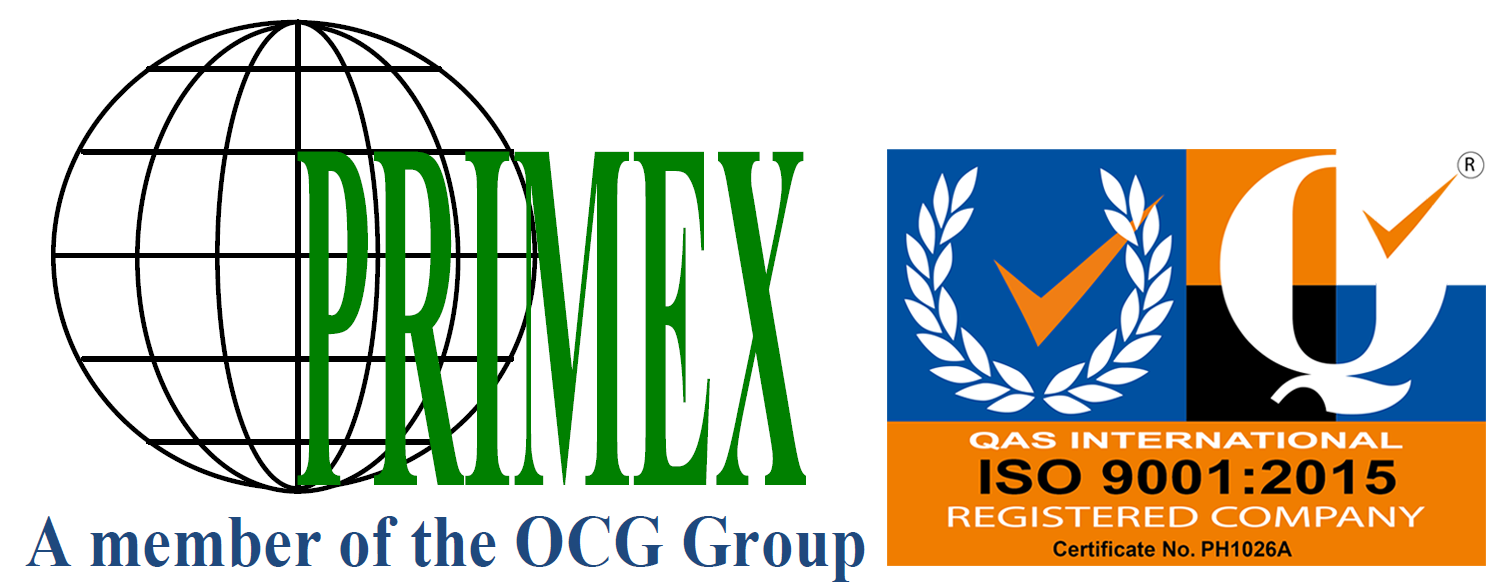Name of Client:
Ministry of Physical Planning and Works (MPPW)
Country:
Nepal
Length of Consultancy Assignment:
Start Date: June 2008
Completion Date: November 2008
Detailed Narrative Description of Project:
The TA was expected to formulate a comprehensive design for a sector development program. Specific outputs consisted of (i) revised urban water and sanitation sector policy and development plan, institutional assessment, and policy matrix for proposed sector improvements; (ii) a feasibility study for integrated water supply and sanitation in emerging towns suitable for ADB financing, which emphasizes inclusive development and responds to needs expressed by the community regarding priority infrastructure; and (iii) capacity development assistance for expediting project implementation and institutionalizing mechanisms for sustainable community-based infrastructure development.
In order to ensure a far-reaching design for an ensuing sector development program, the TA was structured to include three components: Component 1 to focus on strengthening policy and institutions, Component 2 to develop an infrastructure investment package, and Component 3 to devise an action program to expedite implementation and increase the capacity of implementing bodies (Government, NGOs, etc).
PRIMEX provided the services of a Financial Management Specialist who was responsible for the financial and economic analyses for sample subproject towns in accordance with ADB’s Guidelines for the Economic Analysis of Projects, Guidelines for Economic Analysis of Water Supply Projects, Guidelines for the Financial Governance, and Management of Investment Projects Financed by the Asian Development Bank, Economic Analysis in 2002: a Retrospective, and Economic Analysis Retrospective 2003 Update.
Specifically, the consultant was tasked to: (i) describe the macroeconomic and sector context; (ii) update water demand, wastewater discharge, and solid waste generation and disposal levels, as well as projections for various end-user groups (e.g., irrigation water re-use); (iii) assess project alternatives and confirm the least-cost solution; (iv) review cost recovery policies and tariff levels in each town; (v) propose (a) cost-recovery mechanisms (including necessary institutional arrangements) through taxes, user charges and/or other techniques for O&M, and initial investment recovery, and (b) a short- and medium-term tariff structure for each subproject, taking into account affordability, willingness to pay, water conservation, cross subsidization, and full cost-recovery requirements; (vi) estimate the detailed economic project cost for the selected alternative, applying appropriate disaggregation of costs, standard conversion factors, and shadow prices as required; (vii) identify all quantifiable and unquantifiable project economic benefits, considering both “with and without scenarios,” as well as incremental and non-incremental benefits; (viii) prepare financial projections for operations 10 years after project completion; (ix) compute relevant financial indicators for each town to assess financial viability; (x) assess the financial viability of the project; (xi) estimate economic and financial internal rates of return and perform sensitivity analyses, including switching values and calculation of the real weighted-average cost of capital; (xii) calculate the poverty impact ratio and conduct a distribution analysis; and (xiii) prepare financial projections based on proposed and/or revised lending arrangements between the Government and the Town Development Fund (TDF).
